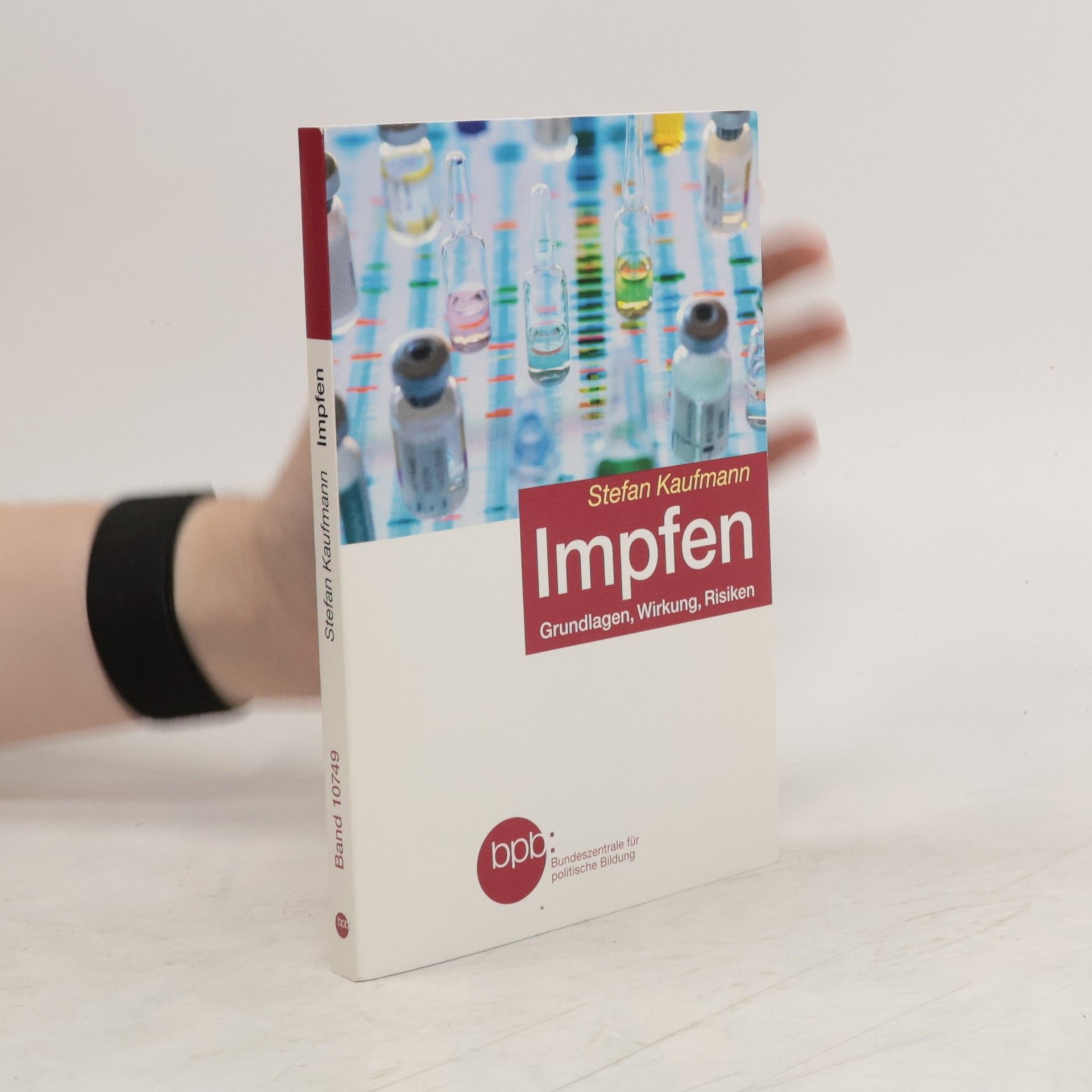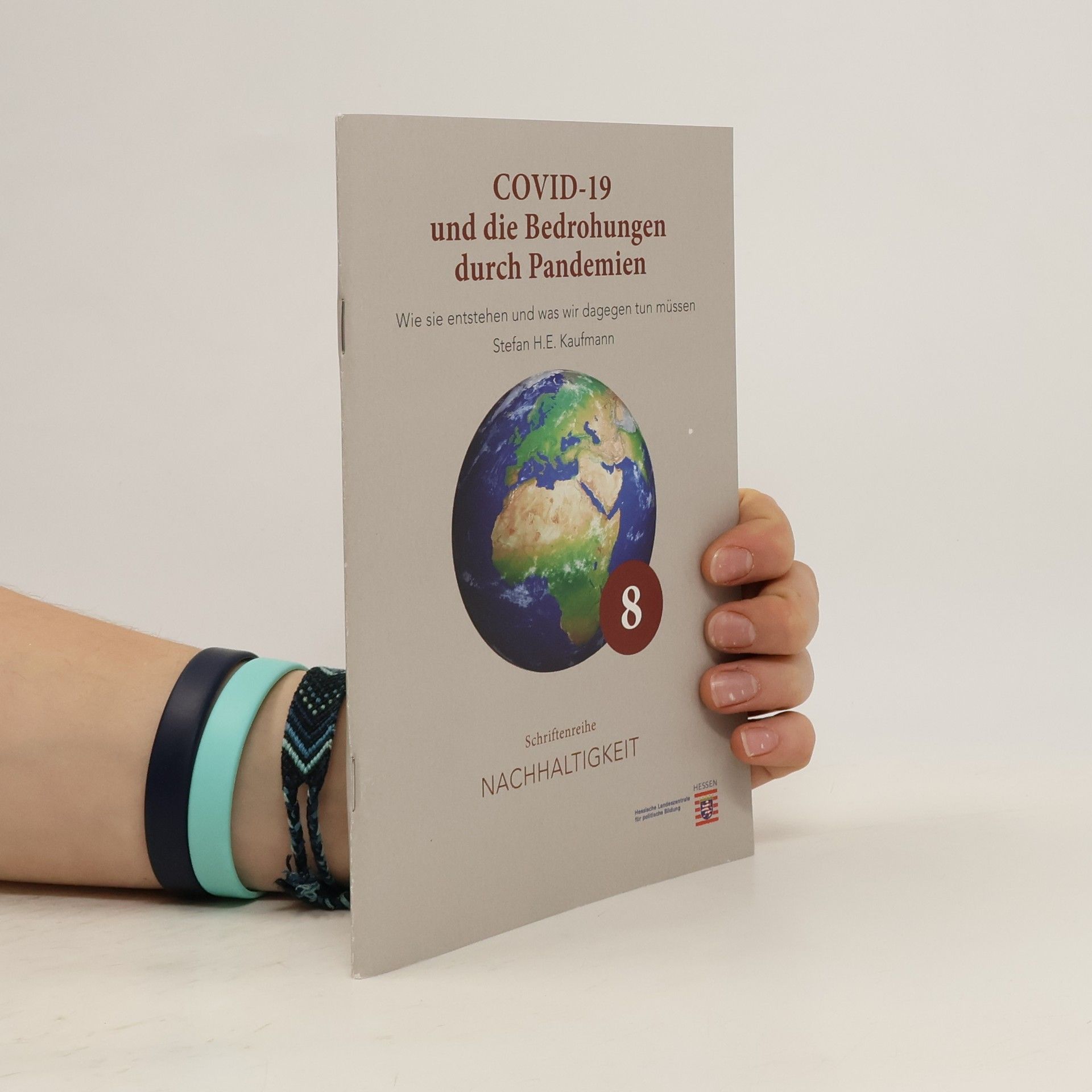Mycobacteria and TB
- 156pages
- 6 heures de lecture
Tuberculosis remains one of the main fatal infections in humans. With annual morbidity and mortality rates worldwide of 8 and 2 million cases respectively, the disease is far from being eradicated. In fact, the dangerous liaison between TB and HIV, and the increasing incidences of multi-drug resistant strains of Mycobacterium tuberculosis are aggravating the problem. The latest epidemiological data indicate that new drugs and a novel vaccine are urgently needed to control TB adequately. This volume summarizes the state of the art in the prevention, diagnosis and therapy of TB. In addition, the molecular biology of M. tuberculosis and the immunology of the host response are presented. Researchers are beginning to understand how the immune response controls the pathogen quite efficiently, yet fails to eradicate it completely in the 2 billion people worldwide who are infected but do not develop the disease. Finally, recent strategies towards the development of new vaccines are reviewed. Scientists investigating the epidemiology, immunology and molecular biology of TB or engaged in vaccine and drug development as well as physicians and social workers treating TB patients will benefit from this timely overview.






